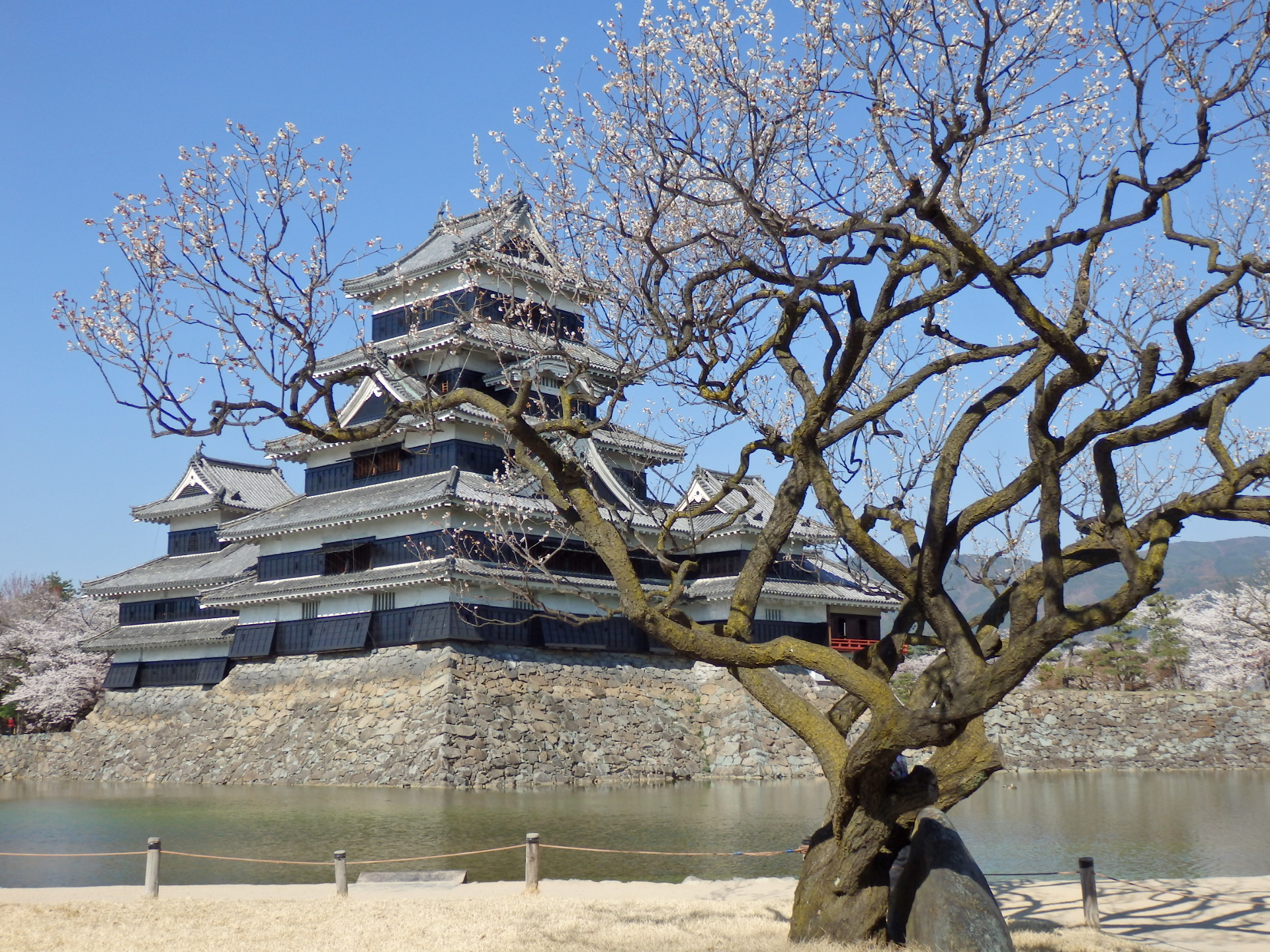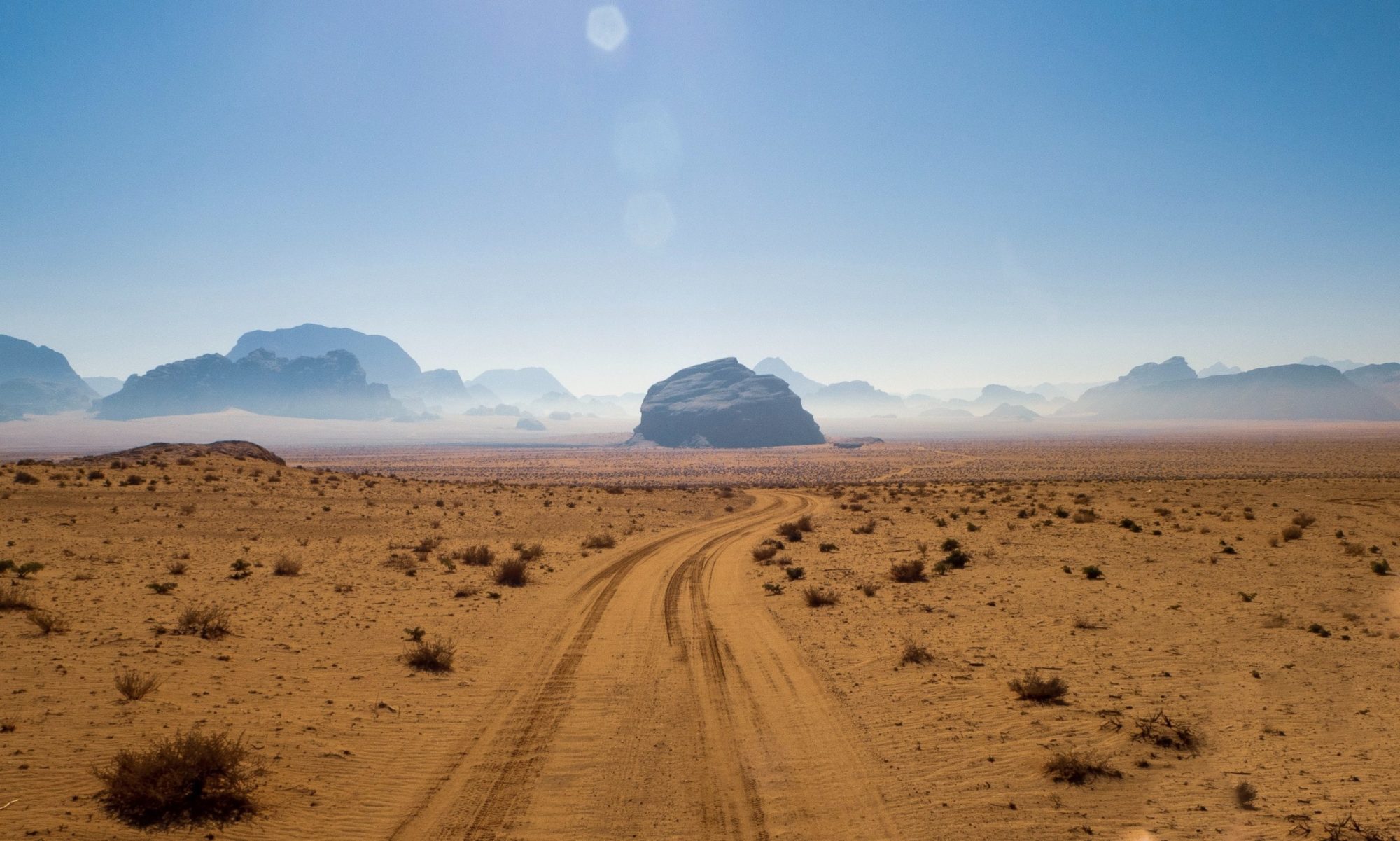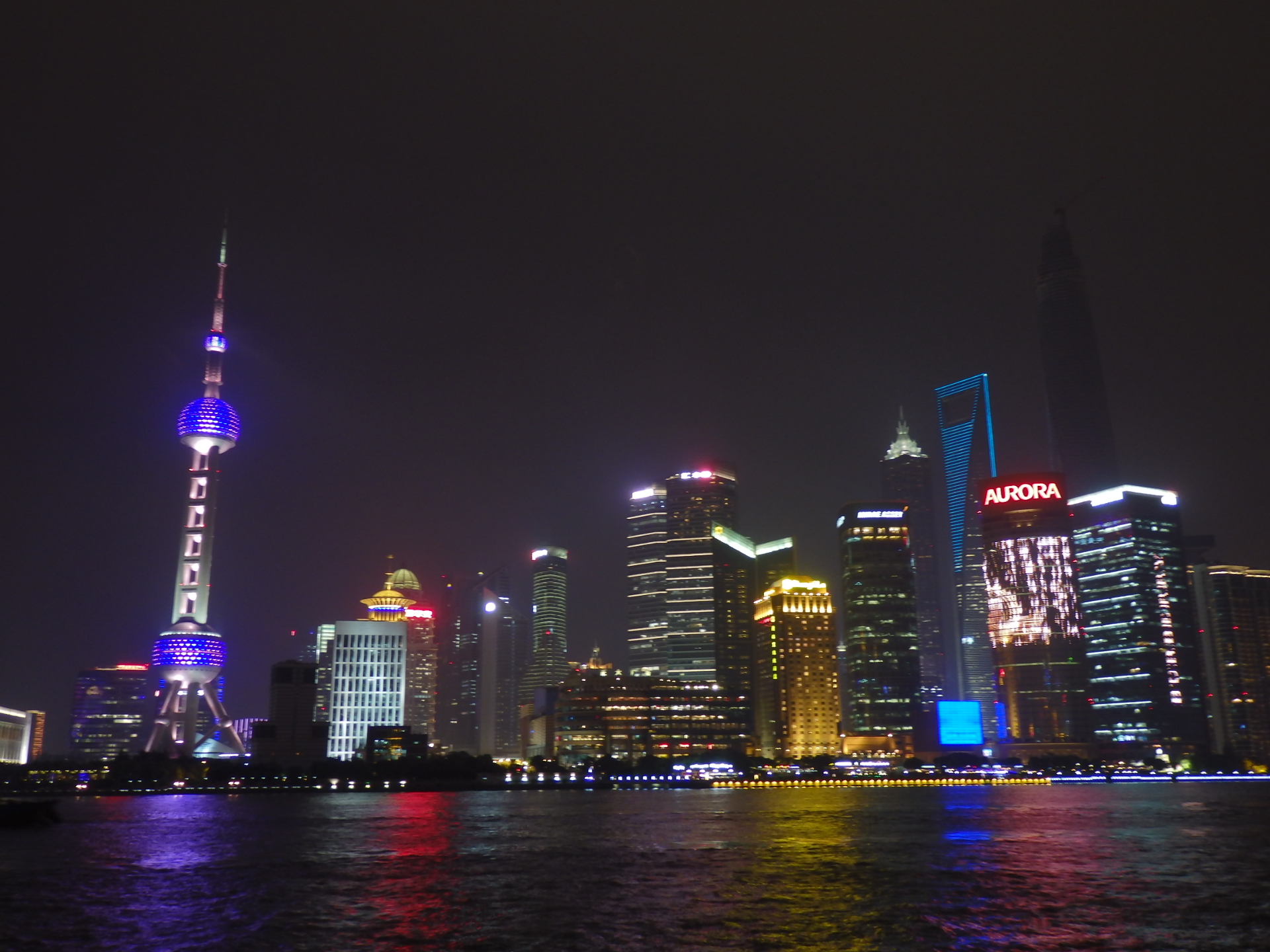
Is there a more ludicrous statement than the airplane pilot telling you to “sit back, relax and enjoy the flight”? Enjoy? Unless you are one of the fortunate few with the means to make the fabled left turn when entering the aircraft, surely the best you can hope for is to endure?
It was with these optimistic words from the pilot that the start of my most recent holiday was marked: two weeks in Japan which had been at least six months in the planning. Planning, needless to say, that was meticulously undertaken by my wife although her preparations unfortunately didn’t include actually packing her pre-loaded debit card with her resulting in half of her holiday money being left in Sydney.
Arrival in Tokyo got off to a less than auspicious start when I was yelled at by a taxi driver for the crime of trying to close my own door. Little did I know that this demanding task is taken care of by the driver simply pressing a button on the steering column which opens and closes the door automatically. It is striking how common automation is in Tokyo – why have a staircase when you can have an escalator? Why order from a waitress when you can press a button on a vending machine? Why wipe your bottom when the toilet automatically shoots a jet of water up your arse instead? There are so many buttons on the average Japanese toilet that it can feel like an IT degree is required before you dare use the thing.
Tokyo is a hulking, heaving, seething behemoth of a city with a population of thirteen million making it fifty percent larger than London or New York. It’s said that everything is bigger in America, well in Tokyo everything is brighter, shinier and louder. Take, for example, slot machines – the UK has fruit machines, Australia has the insidious pokies and Japan has Pachinko – pinball on speed if you will, played to an ear-splitting soundtrack of cartoon pop music. Every street in downtown Tokyo is ablaze with neon signage and arrival in each subway station is greeted by an electronic music-box style tune piped through the station. Tokyo is truly an assault on the senses but, like any major city, there is a slightly seedy underbelly if you look hard enough for it. Which obviously I did.
A trip to the electronics district of Akahibra offers a glimpse into the slightly unsettling Japanese view of women and, in particular, the merging of cartoons and pornography. Not to put too fine a point on it, Japanese men like ’em young. Young and preferably dressed in school uniforms or maid outfits judging by what was on display in Akahibra. Most people are familiar with Japanese style anime cartoons but it is striking how weirdly suggestive they are there – every girl wears the shortest of skirts, has the biggest of chests and, oddly, no discernible nose. Whatever floats your boat I suppose but it was all a bit Saville-esque for my taste.
Not to suggest that all Japanese men are deviants but, conversely, women-only carriages operate on the Tokyo subway at peak times. They were introduced to tackle the problem of persistent groping by unscrupulous male passengers which is apparently a major problem during the sardine-like conditions of rush hour in Tokyo. Apparently two-thirds of Japanese women aged between twenty and thirty have been groped whilst travelling to work. I’m torn between shock at how commonplace this behaviour is in Japan and disappointment that I never received so much as a friendly smile in all my journeys on the Central Line.
The most bizarre aspect of the sexual, er, peculiarities of the Japanese is that they are so completely at odds with their public persona which is ultra-polite, excruciatingly so at times. Being born English makes you no stranger to the extremes of politeness – the inability to complete a single transaction in a newsagent without saying “thanks” and “please” at least five times for example. This is taken to the next level in Japan with their bowing etiquette – someone gets in your way, they bow, you get in someone else’s way, they bow. They bow to say hello, they bow to say goodbye – usually multiple times. I watched a group of five friends part and the farewell process must have included in excess of thirty bows. It’s all very charming but being bowed to for buying a can of Coke from 7-11 is a slightly curious feeling especially as reciprocating will undoubtedly elicit another bow.
Bowing is the most obvious example of the culture of respect in Japan – respect for each other and an obvious respect for the environment judging by the lack of litter and graffiti even in Tokyo. For example on the subway system, paper adverts hang down from the ceiling throughout the carriages. You could practically guarantee that on the London Underground these would have been defaced / used for roach material / set on fire but they remain pristine on the Tokyo metro. This isn’t to suggest that Japan is in the grip of an authoritarian regime with the population cowed by a harsh system of arbitrary rules enforced by an overbearing and intrusive police force in the manner of, say, North Korea or Australia; more that anti-social actions just aren’t the done thing. There is plenty of personal freedom as far as I could make out.
Lunch on our first day took a controversial turn when, unable to help myself after spotting it on the menu and much to Sarah’s disgust, I ordered a dish of whale sashimi. Japanese whaling is never far from the news but, interestingly, whale-eating is actually very much a minority interest these days with five thousand tonnes of unsold meat in deep freeze storage. Whale hunting is also extremely expensive so the industry constantly runs at a loss and has to be heavily subsidised by the government. In short it would be no great loss to the country if it disappeared; so why do the Japanese defend it so vehemently? This is partly down the whaling industry being well connected politically but mainly because the Japanese simply don’t like being told what to do by other nations, “cultural imperialism” as they see it.
Anyway, politics aside, how did it taste? Pretty underwhelming if I’m honest – very meaty to the point of being closer to beef than any fish I’ve eaten but not with any hugely noticeable flavour. I think Shamu can sleep safely tonight – I don’t see whale gracing many western menus any time soon.
A night out in Tokyo is obviously a must do and the brief taste I got of the social scene didn’t disappoint. Unusually for Asians, the Japanese are big drinkers and, luckily as Sake is off-limits to me due to a previous unsavoury incident with rice-based alcohol, they can knock up a decent beer. A typical Japanese night of drinking is punctuated throughout with small dishes of food served throughout the evening. This style is typified by the beautifully named ‘Piss Alley’ in the Shinjuku district of Tokyo. Piss Alley is actually a block of narrow laneways that feature dozens of small bars, most only seating a handful of people and all containing a grill on which the chef prepares traditional Yakitori (skewers of slightly dubious meat) whilst engaging the patrons in conversation. These bars are packed in the evening when they fill up with the identically attired (white shirt, dark suit, brief case) Tokyo ‘salary men’.
We made our way down Piss Alley and Sarah managed to find a bar with two free seats where the owner indicated she could sit down. I say ‘she’ because when he noticed my paler, western features it became clear that we wouldn’t be quite so welcome and he growled “upstairs” in my general direction. Never having been the victim of racial discrimination before I was tempted to sit down anyway much like a latter-day Rosa Parks but, on reflection, I thought it best not to tempt the ire of a man with so many knives in easy reach.
Favouritism of their own (or racism as it would be called in the west) is not an uncommon feature of Asian life (different prices for natives and foreigners for example) but Tokyo, in stark contrast to most major capital cities, is strikingly homogenous. Apart from in the major tourist areas, there are few white faces and even fewer black or south Asian ones. In fact the only sizeable group of non-Japanese that we saw were the Nigerian touts who have bizarrely carved out a niche for themselves harassing people leaving Rompongi subway station in the hope of luring them into a nearby bar.
I suspect that one of the reasons why there are so few ex-pats in Tokyo may be the language barrier – less of a barrier, more of a fifteen metre high reinforced iron gate, topped with electrified razor wire, surrounded by an alligator infested moat and protected by snipers. Unlike Hong Kong or Singapore, English doesn’t get you far in Japan.
Signage uses a mixture of English, Chinese and two different Japanese alphabets which would be confusing at the best of times but on the already fiendishly complex Tokyo train system it is a recipe for missed trains, incorrectly bought tickets and general, all-round confusion. Fortunately Sarah can read Chinese otherwise I can’t imagine where I would be – probably still lost on the Tokyo subway. Spoken Japanese isn’t any easier: to the untrained ear “excuse me†sounds exactly like “welcomeâ€, “thank you†sounds the same as “good morning†and the word “Hai†seems to mean almost anything depending on the context.
Japan is a diverse and disparate country and after Tokyo we witnessed the stunning bloom of the Sakura (cherry blossom), the Jigokudani national park where the monkeys descend from the mountains to bathe in the hot springs and pose for pictures with tourists, the majestic Alpine Route where coaches wind through mountain roads with snow piled up eighteen metres high on either side. We dined on melt-in-the-mouth marbled Hida beef as well as the deadly Fugu fish and we marvelled at the UNESCO-listed historic Shirakawago village and the raked gravel of the RyÅan-ji garden in Kyoto (although I may possibly be missing something there).
No, Japan certainly doesn’t begin and end with Tokyo but this blog, quite literally, does.

